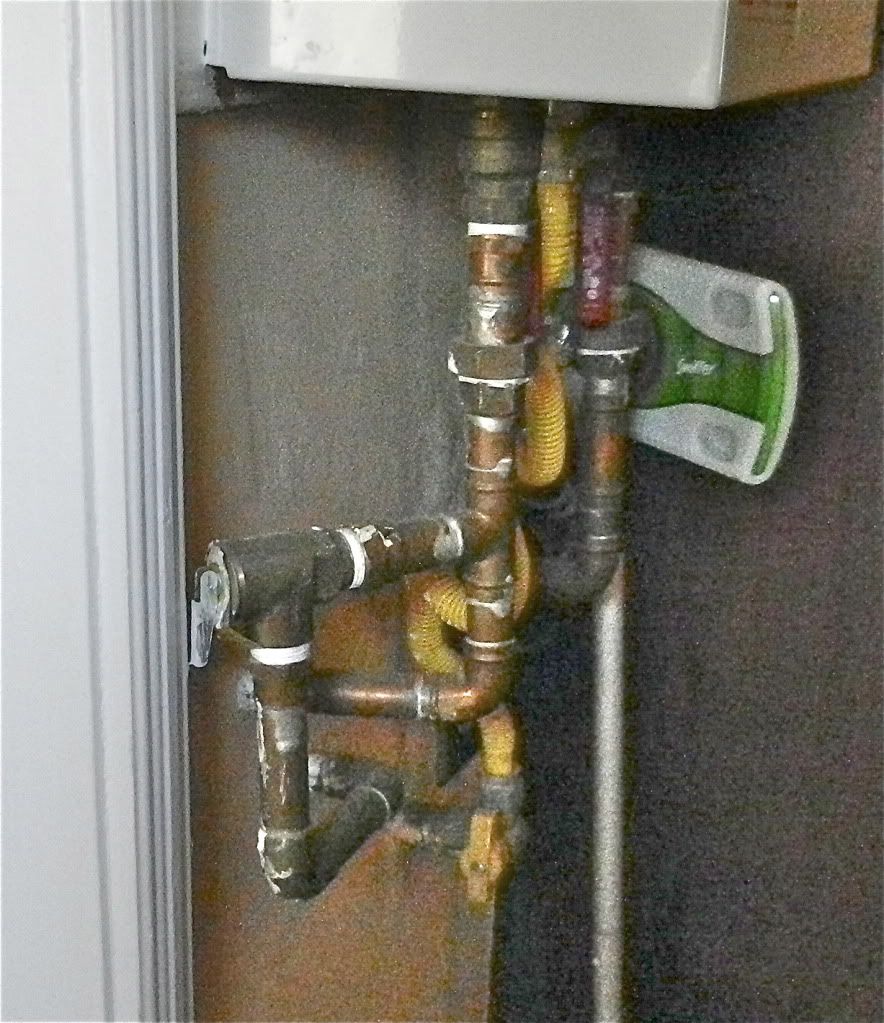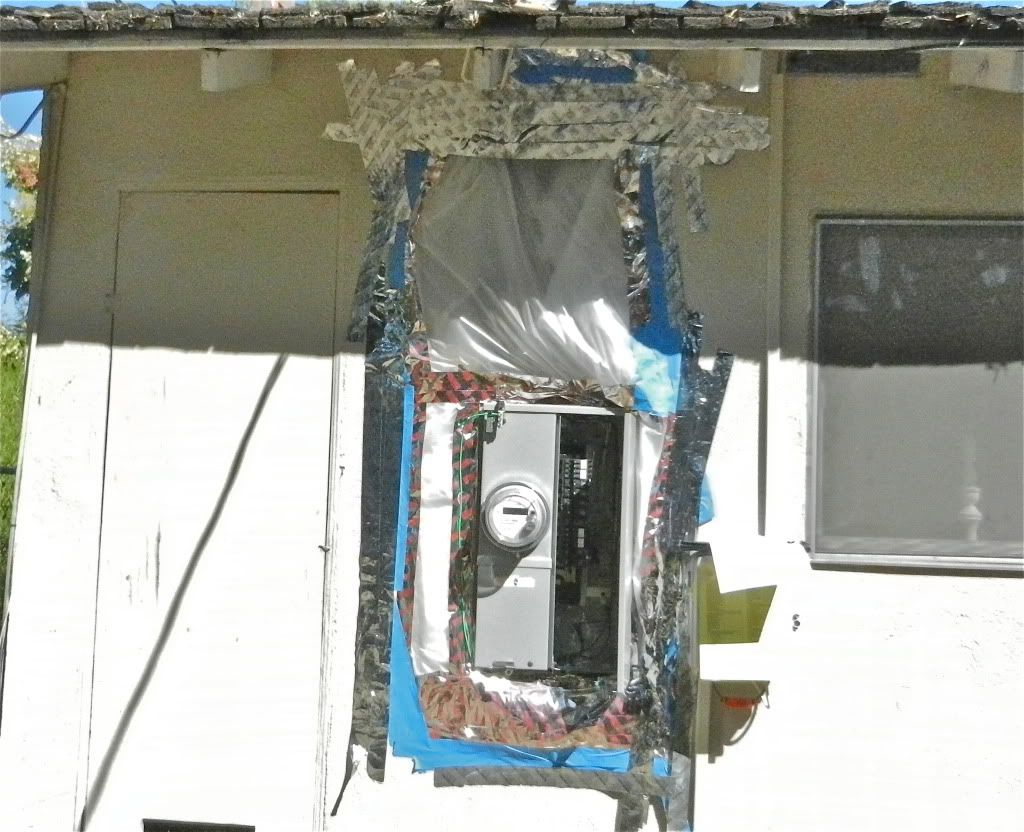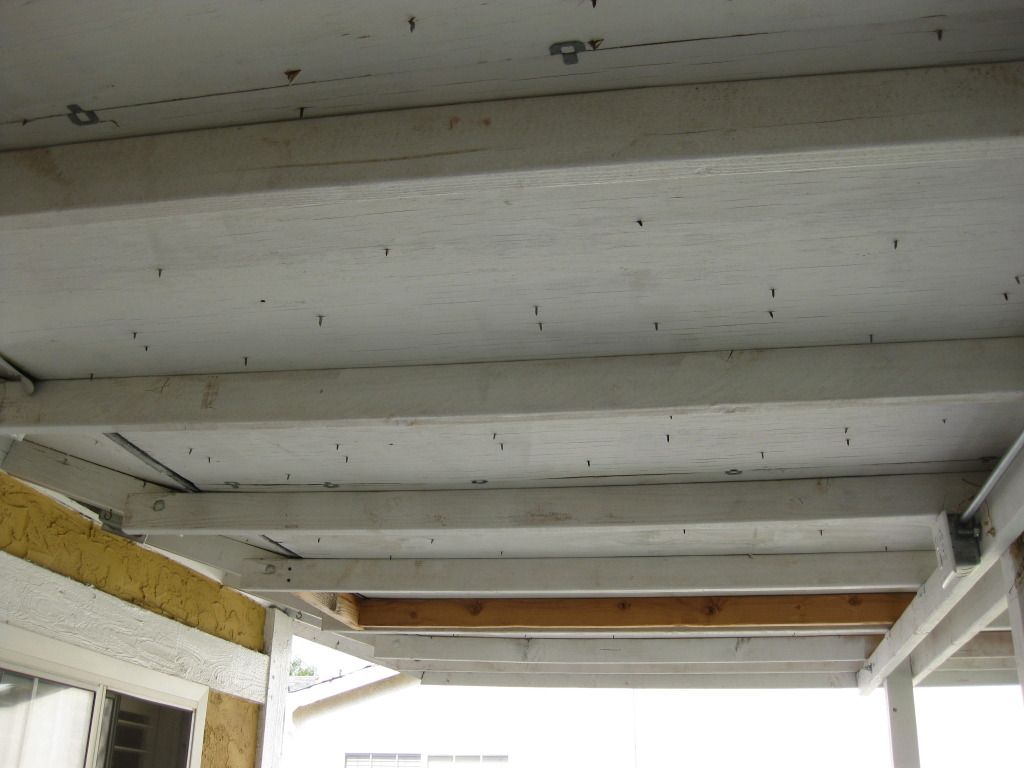The new forum software has opened this thread again.
Tank-less water heater. In the kitchen. The handle of the T&P valve is painted blue because that's the color of the trim and the handle is up against the trim. I was there to inspect the furnace, not the water heater.

Tank-less water heater. In the kitchen. The handle of the T&P valve is painted blue because that's the color of the trim and the handle is up against the trim. I was there to inspect the furnace, not the water heater.

Last edited by a moderator:






